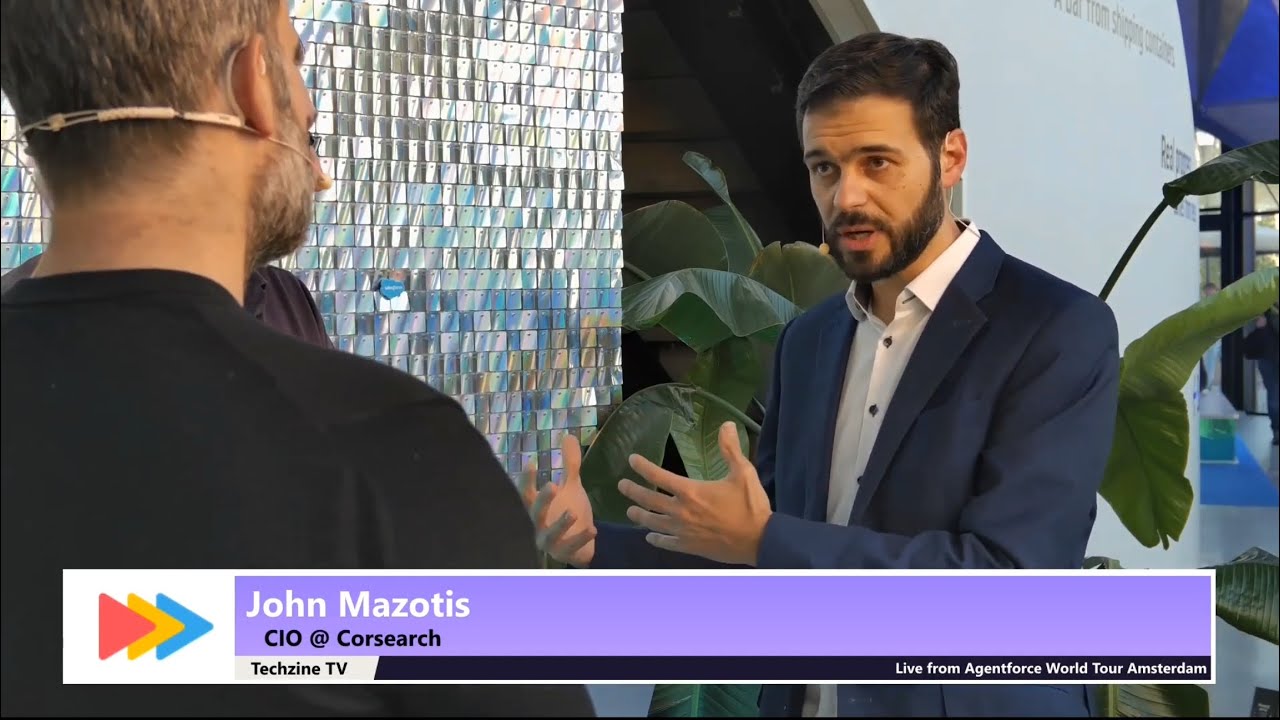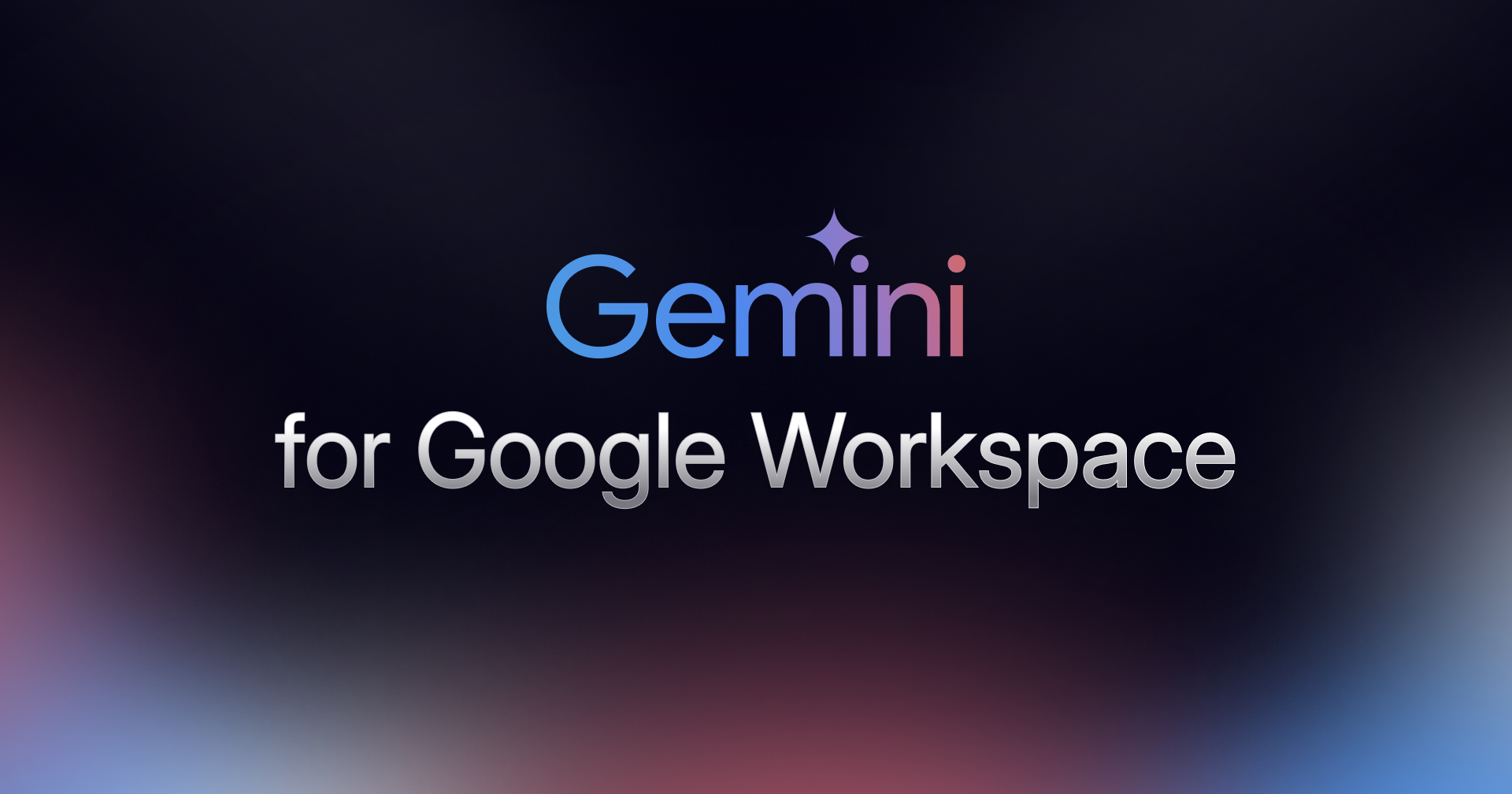fromThe Hacker News
1 hour agoPasswd: A walkthrough of the Google Workspace Password Manager
Passwd is designed specifically for organizations operating within Google Workspace. Rather than competing as a general consumer password manager, its purpose is narrow, and business-focused: secure credential storage, controlled sharing, and seamless Workspace integration. The platform emphasizes practicality over feature overload, aiming to provide a reliable system for teams that already rely on Google's tools. Security as the starting point
EU data protection











